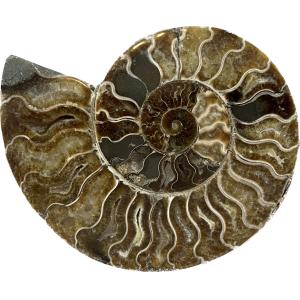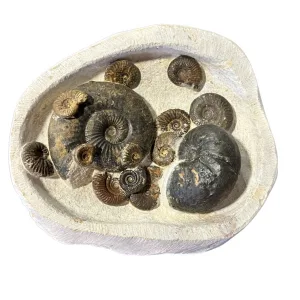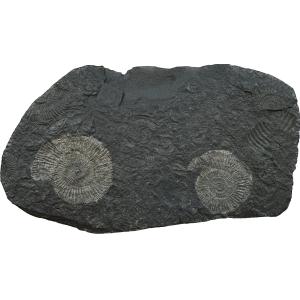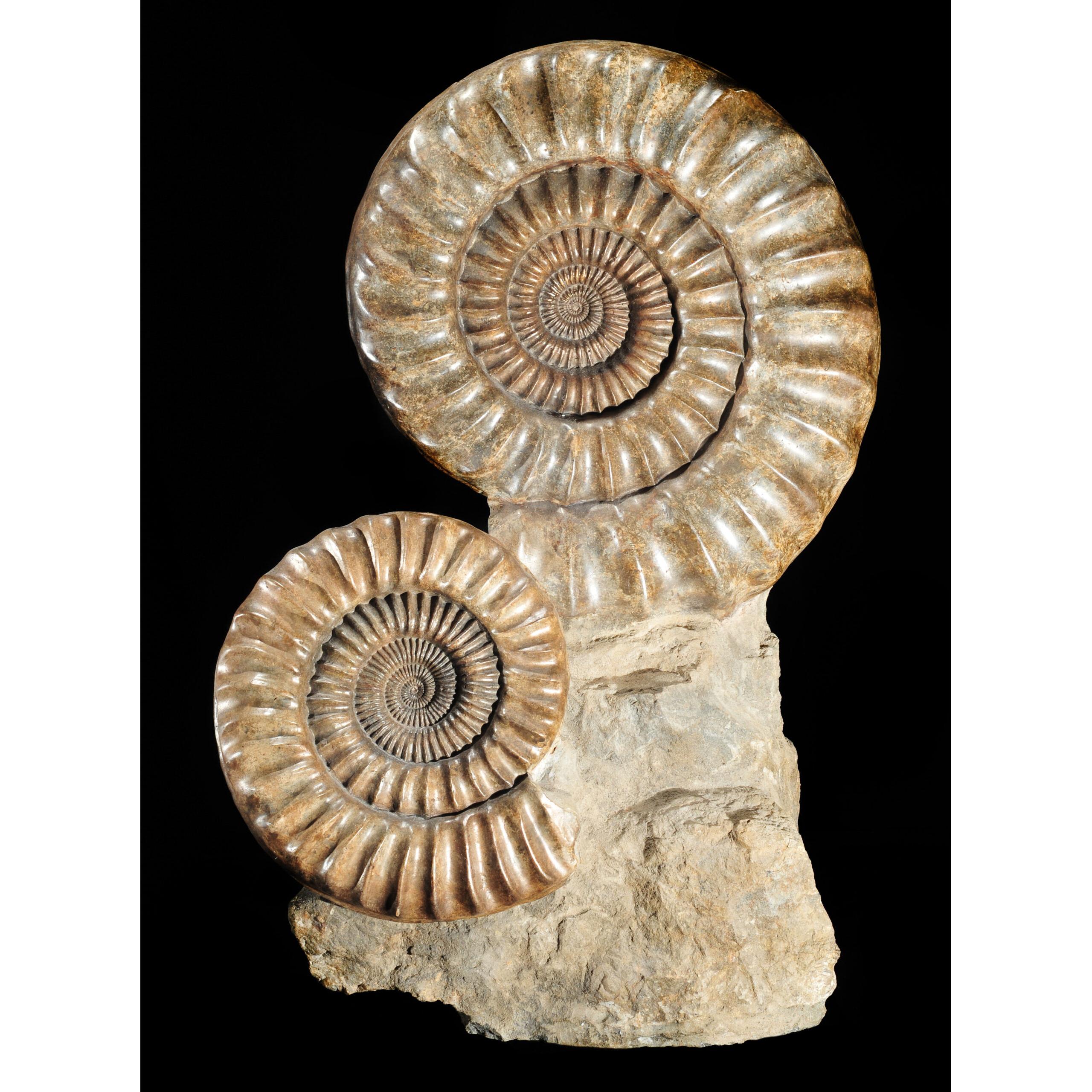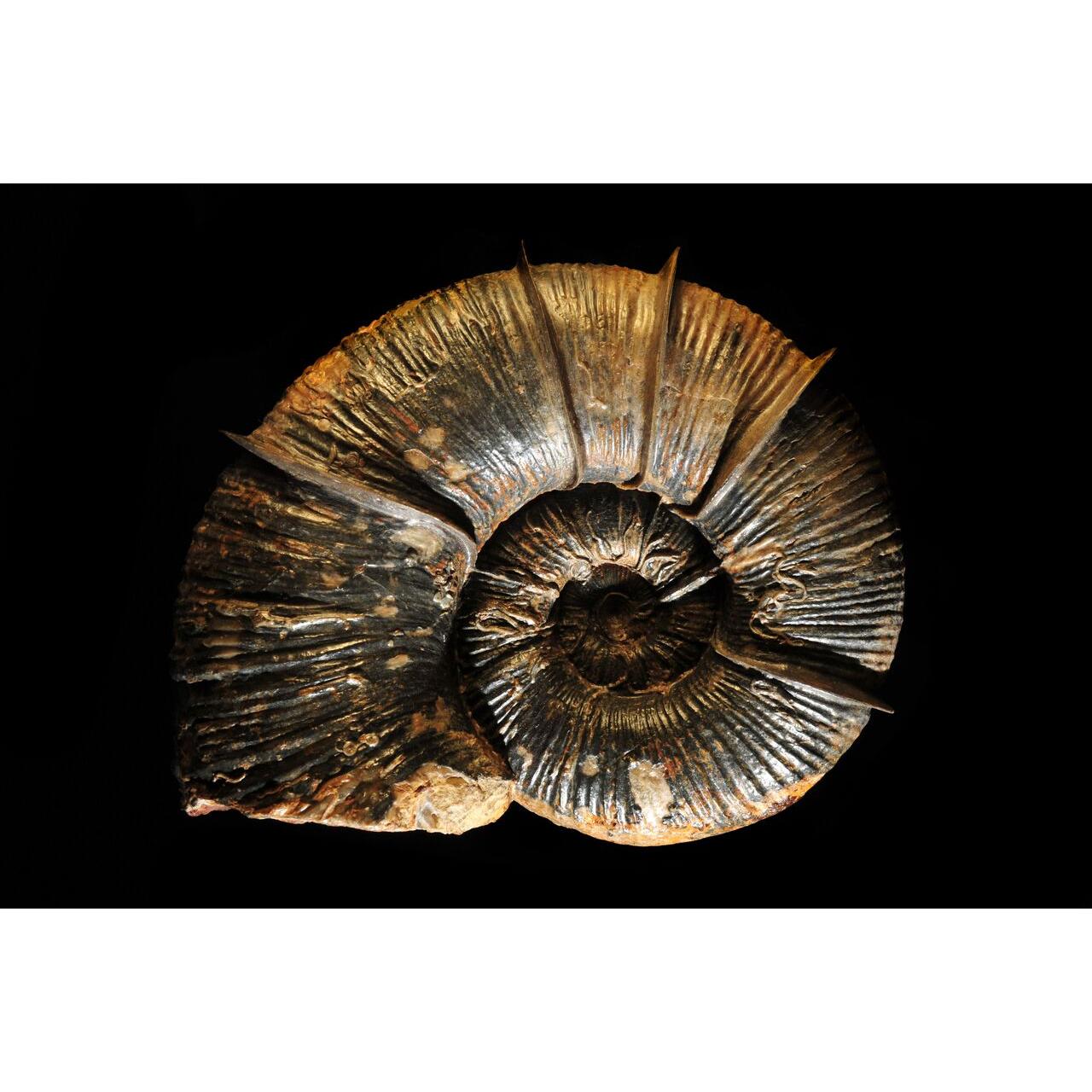
Ammonites are perhaps the most iconic fossils associated with the ancient seas. These creatures, distant relatives of today’s squids and octopuses, lived in the world’s oceans for nearly 350 million years, from the Devonian period about 400 million years ago until the end of the Cretaceous period about 66 million years ago. Ammonites were cephalopods, characterized by their spiral shells, tentacles, and well-developed eyes. These shells varied greatly in shape, size, and ornamentation, making them valuable tools for dating and correlating rocks.
Among the diverse array of ammonites that have been discovered, several stand out for their unique characteristics and significance in the study of prehistoric marine life. One such example is Agadir, a genus of ammonites known for its distinctive shell shape and intricate patterns. These fossils are commonly found in the High Atlas Mountains of Morocco, where they are prized for their beauty and scientific value. Agadir fossils often exhibit a coiled shell with fine ribs and intricate sutures, making them valuable specimens for collectors and researchers alike.
Another notable genus is Cleoniceras, which is widely distributed in Madagascar and other regions. Cleoniceras fossils are prized for their exceptional preservation and striking appearance. These fossils often display a coiled shell with intricate suture patterns and vivid colors, making them highly sought after by collectors. Cleoniceras is also significant from a scientific perspective, as it provides insights into the evolution and diversity of ancient cephalopods.
Some ammonite fossils are found in a pyritized form, where the original shell material has been replaced by pyrite, a mineral also known as fool’s gold. Pyritized ammonites are often found in sedimentary rocks and can exhibit exquisite detail, preserving the fine structures of the shell. These fossils are prized for their beauty and scientific value, as they provide insights into the mineralization process and the preservation of organic material over millions of years.
Another interesting type of ammonite is the Dactylioceras, known for its long, slender shell and distinctive shape. Dactylioceras fossils are commonly found in Jurassic rocks in Europe, particularly in England and Germany. These fossils are characterized by their tightly coiled shells and intricate suture patterns, making them popular among collectors and researchers alike. Dactylioceras fossils are important for understanding the evolution and diversity of ancient cephalopods during the Jurassic period.
One of the most famous types of pyritized ammonites is the Arietites, which is found in the Jurassic rocks of Germany. These fossils are characterized by their large size and intricate suture patterns, making them prized specimens for collectors and researchers. Arietites fossils are often found in a pyritized form, preserving the shell material in stunning detail. These fossils provide valuable insights into the ancient marine environments and the evolution of cephalopods during the Jurassic period.
One of the most renowned locations for finding ammonite fossils is Morocco, particularly in the High Atlas Mountains and the desert region near Erfoud. The fossils found here often exhibit stunning preservation, with intricate details of the shell and even the soft parts of the animal sometimes visible. The ammonites from Morocco are often beautifully preserved in a reddish-brown iron oxide, giving them a unique and attractive appearance.
Lyme Regis in England is another famous site for ammonite fossils, particularly from the Jurassic Coast, a UNESCO World Heritage Site. The coastal cliffs here are rich in fossils, including ammonites of various sizes and species. The most famous ammonite found in Lyme Regis is the “Ammonite Pavement,” a large area of rock slabs containing numerous well-preserved ammonite fossils.
Madagascar is also a significant location for ammonite fossils, particularly in the Mahajanga Basin in the northwest of the island. Fossils from Madagascar often display unique characteristics, and the area is known for its diverse range of ammonite species. These fossils provide valuable insights into the ancient marine ecosystems of Madagascar.
In Germany, the Jurassic Period ammonites found in the Swabian Alb region are well-known for their exceptional preservation. These fossils are often found in limestone deposits and have provided scientists with valuable information about the evolution and diversity of ancient marine life in this region.
South Dakota, particularly the Black Hills area, is another notable location for finding ammonite fossils. The Pierre Shale formation in this region is rich in marine fossils, including ammonites. These fossils help scientists understand the ancient seaways that once covered much of North America.
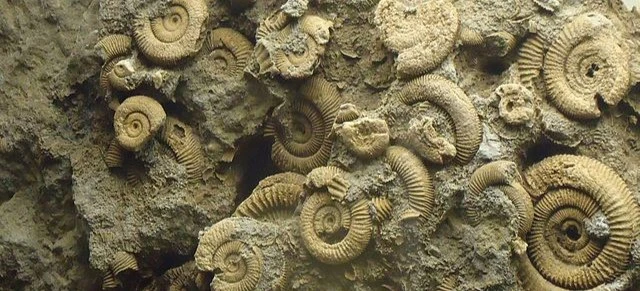
Ammonites were carnivorous creatures, feeding on small marine organisms such as fish, crustaceans, and other small mollusks. They used their tentacles to capture prey and bring it to their mouth, located at the center of their spiral shell. Ammonites had a keen sense of sight, with eyes similar to those of modern squids and octopuses, allowing them to hunt efficiently in the ancient seas.
There were many different types of ammonites, ranging from small, coiled forms to large, elaborately ornamented shells. These variations in shell morphology are often used by paleontologists to classify and identify different species of ammonites. Some species had smooth shells, while others had highly ornamented shells with ridges, spines, and other structures. Ammonites were prolific and successful creatures, with a global distribution during their time. Their fossils are abundant in many parts of the world and have provided valuable information about ancient marine environments, evolution, and extinction events. The study of these fascinating creatures continues to captivate scientists and enthusiasts alike, offering a glimpse into the distant past of our planet’s oceans.

